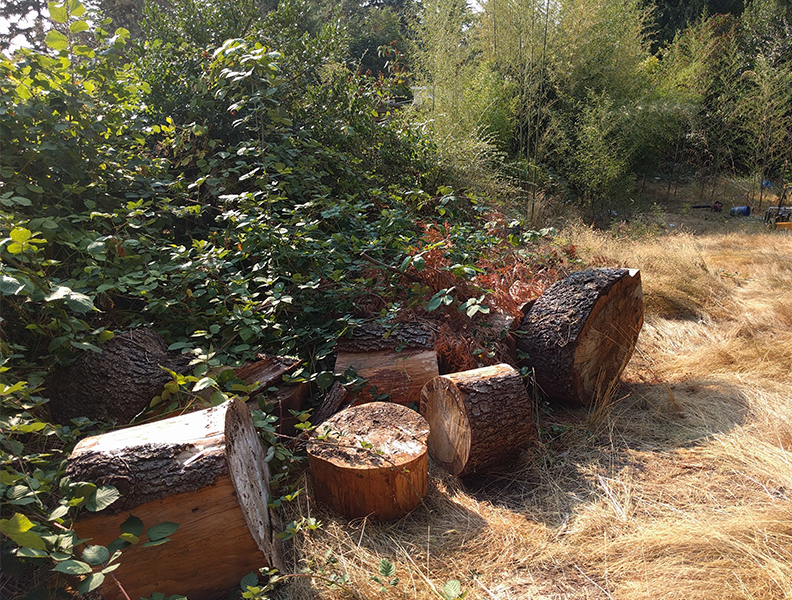[vc_row][vc_column width=”1/1″][vc_column_text disable_pattern=”true” align=”left” margin_bottom=”0″]This spring has been full of weeds! Unlike the 2016 dry Spring, 2017 started with a wet winter. The temperate Spring and Summer have produced fertile conditions for the weeds! Did you know…Soils can naturally contain up to 7,000 weed seeds per square foot! Dandelions themselves can produce 15,000 seeds per plant that can survive for as many as (6) years after being released. Now that’s a lot of weeds.
Factors affecting weed growth that have produced a robust growing season for weeds:
-The amount of actual seed material is in the soil
-The ways weeds can move (wind, animals, vehicles and especially people)
-The right environmental conditions
Need some ideas for how to keep the weeds at bay?
–Consistent maintenance. Doing thorough weed removal on a consistent schedule, at least twice a month, can help tremendously. On top of getting rid of new seedlings and catching plants before they go to seed, it will also allow you to stay up on even the most aggressive weeds like bindweed and horsetail that can grow rapidly in no time.
–Planting is another way of combating weeds. The more bare ground you have the more room weeds have the more likely they will spread out. Remember, weeds are adapted to be highly competitive. Even in nutrient poor, drier soils they can start to sprout and take over. Planting helps reduce the bare ground, shading out seeds and taking up space that could otherwise be potential ground for weed growth.
Mulch can also help keep weeds down. Although spreading mulch doesn’t guarantee weed elimination, mulch does help promote the growth of already existing plants and shades out seeds that might have otherwise taken hold.
In terms of removal, hand weeding is your best option. This can depend on the type of weed of course, but generally tilling or hoeing the soil will disrupt the nutrient soil profiles making it harder for already existing plants to access nutrients. Tilling and hoeing also has the potential to shuffle seeds that might otherwise be buried to the top of the soil layers. This exposes them to favorable conditions for growth.
There are other ways to get rid of weeds of course, and certain situations may call for specific actions. It’s always good to keep in mind the natural process of weed growth, your garden, and your garden in connection to your overall environment. Understanding the process and types of weeds can help you come up with the best strategies to keep them under control in your garden – allowing the plants you LOVE to flourish![/vc_column_text][/vc_column][/vc_row]

